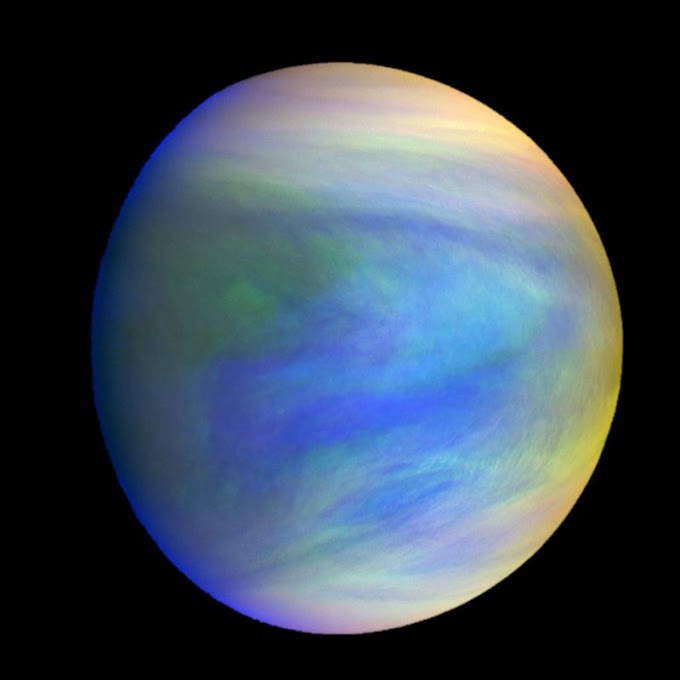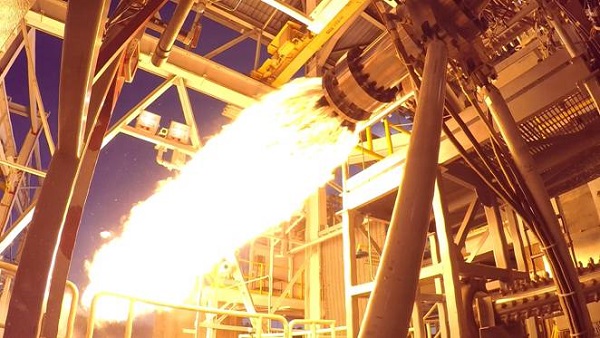Source: ligo.caltech.edu
"The joy of discovery is certainly the liveliest that the mind of
man can ever feel” said Claude Bernard. In
2015, scientists detected gravitational
waves for the very first time. Let us first understand that what gravitational
waves are. Gravitational waves are
disturbances in space-time caused by some violent and energetic processes in
the Universe. Albert Einstein predicted the existence of gravitational waves in
1916 in his general theory of relativity. The strongest gravitational waves are
produced by events such as colliding black holes, supernovae (massive stars
exploding), and colliding neutron stars.
Source: ligo.caltech.edu
LIGO stands for Laser
Interferometer Gravitational-wave Observatory. LIGO's interferometers
basically works on principle of Michelson Interferometers .They are mostly
L-shaped. Mirrors at the ends of the
arms reflect light in order to create an interference pattern called 'fringes'.
A device called a photo detector measures these fringes, revealing minute
details of phenomenon being studied. Each LIGO
detector consists of two arms, each 4km long, comprising 1.2m-wide steel vacuum
tubes arranged in an "L" shape, and covered by a 10-foot wide,
12-foot tall concrete shelter that protects the tubes from the environment.
LIGO can also detect gravitational waves coming from any direction. A single LIGO detector could not
initially confirm gravitational waves on its own.
Source: public.virgo-gw.eu
On September 14, 2015, at 5:51 a.m. Eastern Daylight Time, a
fragment of that energy in the form of a “gravitational wave” reached Earth.
The announcement was made by the LIGO and Virgo collaborations
on 11 February 2016. The signal received was named GW150914 (from
"Gravitational Wave" and the date of observation
2015-09-14). The waves given off by this merger of
GW150914 reached Earth as a ripple in space-time that changed the length of a 4 km LIGO arm,
proportionally equivalent to changing the distance to the nearest
star outside the Solar System by one hair's
width. The chirp signal lasted
over 0.2 seconds, and was in the audible range and has been described as resembling the "chirp"
of a bird. Initially there was a question as to
whether the signals had been real or not but more detailed statistical analysis
of the signal confirmed the authenticity of event happened.
Analysis of the signal suggested that it
was produced by the merger of two black holes resulting in a post-merger black hole. During
the final 20 milliseconds of the merger, the power of the radiated
gravitational waves peaked at about 50 times greater than the
combined power of all light radiated by all the stars in the observable
universe. Across the 0.2-second duration of the detectable signal, the relative
tangential orbiting velocity of the black holes increased from 30% to 60% of
the speed of light. It was also the
first observation of a binary black hole merger, demonstrating both the
existence of binary stellar-mass black hole systems and the fact that such mergers still occur
within the current age of the universe.
Source: npr.org
The 2017 Nobel Prize in Physics was awarded to Rainer Weiss, Barry Barish and Kip
Thorne for contributions to the LIGO detector and the observation of
gravitational waves. Drever, Thorne, Weiss, and the LIGO discovery
team also received the Gruber Prize in Cosmology. Many such awards and recognition were given for this
breakthrough observation of gravitational waves. The observation was starting
of a revolutionary era of gravitational-wave astronomy. Prior to this detection, astrophysicists and
cosmologists were able to make observations based upon electromagnetic
radiation (including visible light, X-rays,
microwave, radio waves, gamma rays) and particle-like entities (cosmic
rays, neutrinos, and so on).
Source: popsci.com The World Reacted to LIGO’s Discovery of Gravitational Waves. The world was understandably excited about
the breakthrough, including the estate of Einstein himself. It states “If Einstein were alive, he had
totally done a mic drop after today’s LIGO conference on gravitational waves”. Dr.
Stephen Hawking also made a statement on his Facebook page. Facebook founder Mark Zuckerberg praised the
scientists who made this discovery, calling their work “one of the biggest
discoveries of modern science”. Detection and analyzing the information carried
by gravitational waves is presently allowing
astronomers and other scientists to observe the Universe in a way never before
possible and to observe first glimpses of literally magnificent wonders. Also LIGO-India is a
collaboration between the LIGO Laboratory (operated by Caltech and MIT) and
three Institutes in India: the Raja Ramanna Center for Advanced Technology
(RRCAT, in Indore), the Institute for Plasma Research (IPR in Ahmedabad), and
the Inter-University Centre for Astronomy and Astrophysics (IUCAA, in Pune).
Motivations for constructing a third LIGO interferometer are
primarily related to building a larger global network of gravitational wave
detectors. So let’s all gear up and work hard to make our valuable
contributions towards our country in the field of science and technology as
cosmic curiosity is the new future of humankind.










3 Comments
👍👍👌
ReplyDeleteVery nice and excellent
ReplyDeleteSuperb fantastic
ReplyDelete